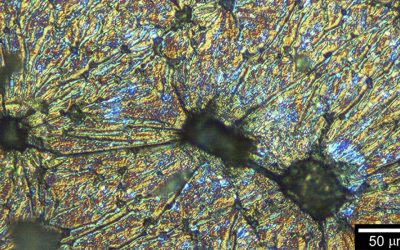 Many modern life activities rely on products made of polymeric materials with designed properties. To name only a few example, consider writing, reading, cooking, washing, using a phone or a computer, changing the diaper of a child, traveling, hiking, or watching TV.
Many modern life activities rely on products made of polymeric materials with designed properties. To name only a few example, consider writing, reading, cooking, washing, using a phone or a computer, changing the diaper of a child, traveling, hiking, or watching TV.
The versatility of polymer materials in terms of properties is due to the wide variety and complexity of the polymer microstructures, complemented by an excellent performance/cost ratio. Hybrid polymer materials additionally offer the possibility to enlarge the portfolio of properties of plain polymers by including different materials, which can be different polymers as well as inorganic and biological materials.
They are product-by-process materials, and hence their characteristics are determined primarily by the process in the reactor. For these reasons, a recent special issue of Macromolecular Reaction Engineering on “Process-Guided Product Design of Hybrid Materials” has been published, guest-edited by Maria Paulis and Jose M. Asua (POLYMAT, University of the Basque Country, Donostia-San Sebastian).
The special issue is devoted to the use of polymer reaction engineering on the design, synthesis and applications of hybrid polymer materials, and it present original work as well as Review articles by several leading experts in the field.
Read here for free the full introductory Editorial by M. Paulis and J. M. Asua:

















